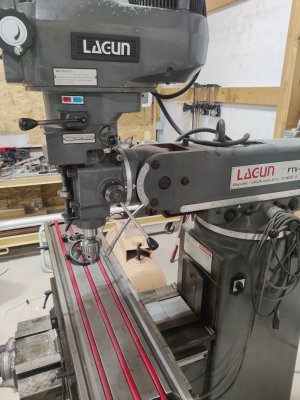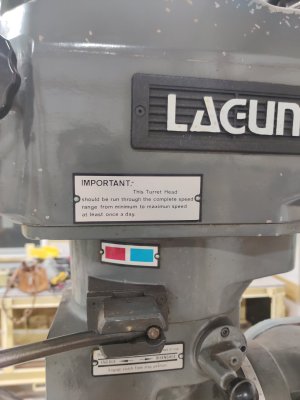- Joined
- Apr 29, 2024
- Messages
- 4
I recently came across a very good deal on a Lagun FTV-2 knee mill in my area. I am very green when it comes to machining. I have it set up in my shop and am in the process of slowly leaning how to properly use and care for this thing. On the side of the turret head is a notice to run the mill through the entire speed range at least once every day. Can someone explain what the purpose/importance of this is? Is it necessary to do if the machine is just going to be used in a hobby setting? There could be times when it sits unused for a month or two. My best guess is that it is to help keep lubrication on all of the components as well as exercise any springs in the variable speed head. I was curious if anyone could tell me for sure?
Thanks!
Thanks!



